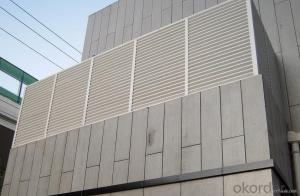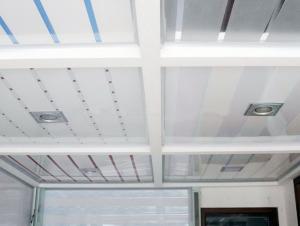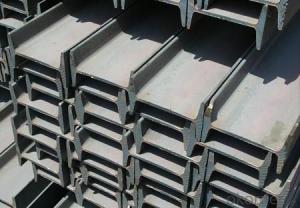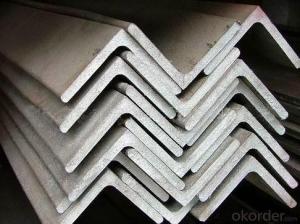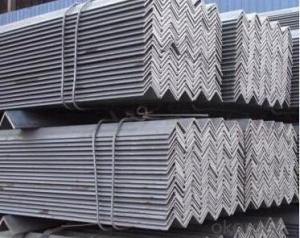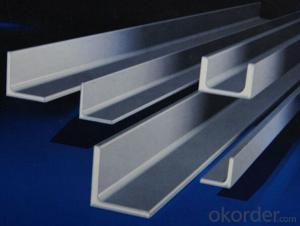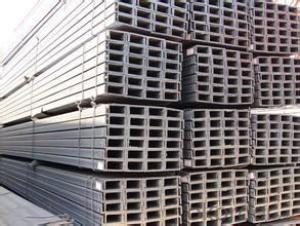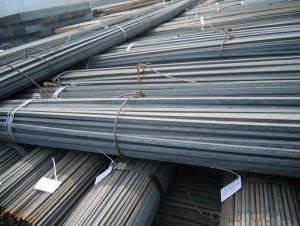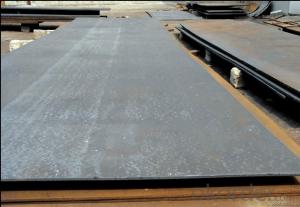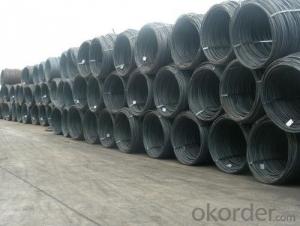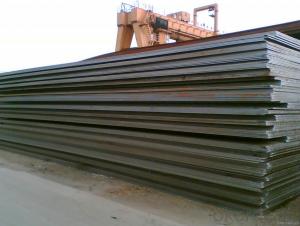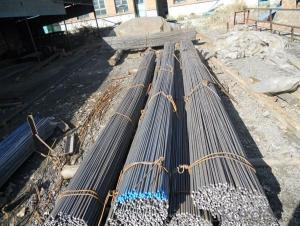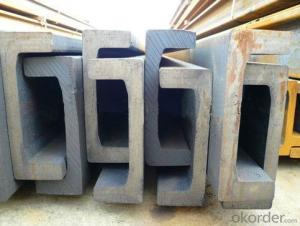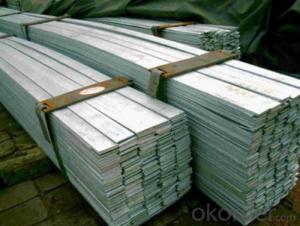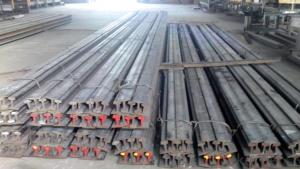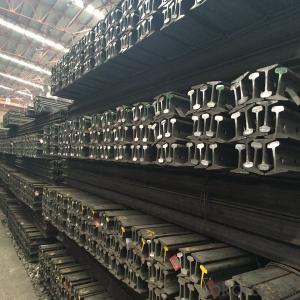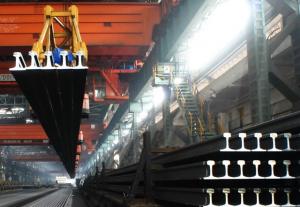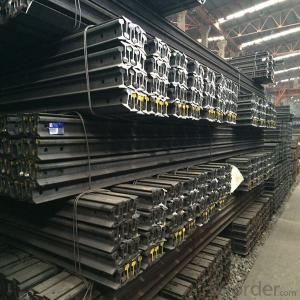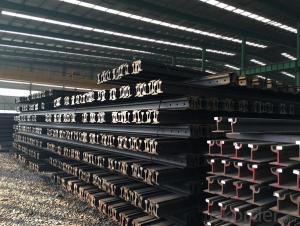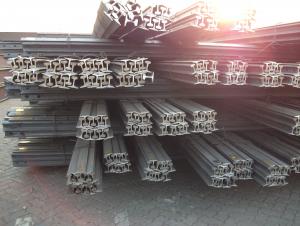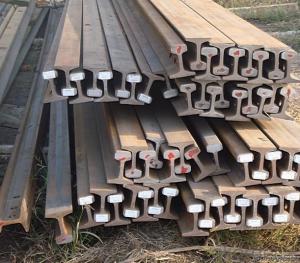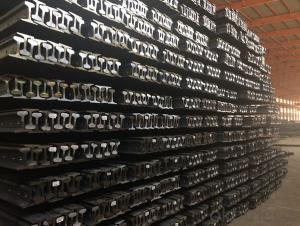Hot Rolled Mild Steel
Hot Rolled Mild Steel Related Searches
Best Paint For Stainless Steel Blanket Insulation For Steel Buildings Primer For Galvanized Steel Foam Filter For Stainless Steel H S Code For Stainless Steel Surface Grinding Wheels For Stainless Steel Surface Grinding Wheels For Hardened Steel Hole Saw For Stainless Steel Paint For Stainless Steel Stainless Steel For BbqHot Searches
Steel Mesh Panels For Sale Stainless Steel Tank For Sale Stainless Steel Sheets For Sale Cheap High Tea Sets For Sale Stainless Steel Tanks For Sale Stainless Steel For Sale High Density Fiberboard For Sale Solar Hot Water Collectors For Sale Scaffolding For Sale In Uae Scaffolding For Sale In Ireland Scaffolding For Sale In Houston Price Of Shipping Containers For Sale Used Solar Inverter For Sale Portable Led Signs For Sale Stone Hot Water Bottles For Sale Aluminum Coil Stock For Sale Large Led Screens For Sale Aluminum Gutter Coil For Sale Used Aluminum Scaffolding For Sale 1/4 Aluminum Plate For SaleHot Rolled Mild Steel Supplier & Manufacturer from China
Okorder.com is a professional Hot Rolled Mild Steel supplier & manufacturer, offers integrated one-stop services including real-time quoting and online cargo tracking. We are funded by CNBM Group, a Fortune 500 enterprise and the largest Hot Rolled Mild Steel firm in China.Hot Products
FAQ
- Certainly, high-stress railway crossings can utilize steel rails. It is common practice to employ steel rails in railway infrastructure owing to their strength, durability, and ability to withstand wear and tear. In cases where the tracks endure substantial loads and frequent traffic, robust rail materials are essential to endure the pressure. Steel rails are tailor-made for high-stress conditions, capable of supporting heavy train loads and ensuring stability and structural integrity. Moreover, steel rails can undergo reinforcement through techniques like heat treatment or alloying, further bolstering their resistance to stress and wear, rendering them suitable for demanding railway crossings.
- There are several types of rail fastenings used in high-speed steel rail installation, including elastic rail clips, rail anchors, track bolts, and rail pads. Elastic rail clips are the most common type and are used to hold the rail in place and provide flexibility. Rail anchors are used to prevent rail movement and maintain proper alignment. Track bolts are used to secure the rail to the sleepers or ties. Rail pads are used to provide cushioning and reduce vibrations between the rail and the sleepers.
- Some challenges in welding steel rails include achieving proper weld penetration, avoiding distortion or warping of the rail, managing the high heat generated during the process, ensuring proper alignment and joint fit-up, and maintaining the required strength and durability of the weld. Additionally, the presence of impurities, such as rust or dirt, can affect the quality of the weld and require extra preparation.
- Steel rails are used in tram systems as a track to guide and support the movement of trams. The steel rails provide a smooth and stable surface for the tram wheels to roll on, ensuring safe and efficient transportation.
- Yes, steel rails can be used in railway systems with high axle loads. Steel rails are known for their strength and durability, making them suitable for supporting heavy loads. Additionally, steel rails can withstand the constant impact and stress caused by the movement of trains, ensuring safe and efficient operation of the railway system.
- Steel rails are often employed in mining railways because of their high strength and durability. They are perfectly suited for the demanding conditions and heavy loads encountered in mining operations. These rails offer a stable and dependable track system capable of supporting locomotives and ore cars carrying substantial mineral quantities. Moreover, steel rails are resistant to wear and deformation, reducing the need for frequent maintenance and replacement. This cost-effective solution is favored by mining companies as it can withstand the challenging mining conditions while facilitating efficient transportation of extracted materials.
- Steel rails are designed to handle changes in train direction by providing a smooth and stable track surface. The rails are securely fastened to the sleepers, which help distribute the weight of the train evenly. This allows the wheels to smoothly transition from one direction to another without causing any significant disruptions or derailments. Additionally, the use of steel as the rail material ensures its strength and durability, enabling it to withstand the forces exerted by the train during directional changes.
